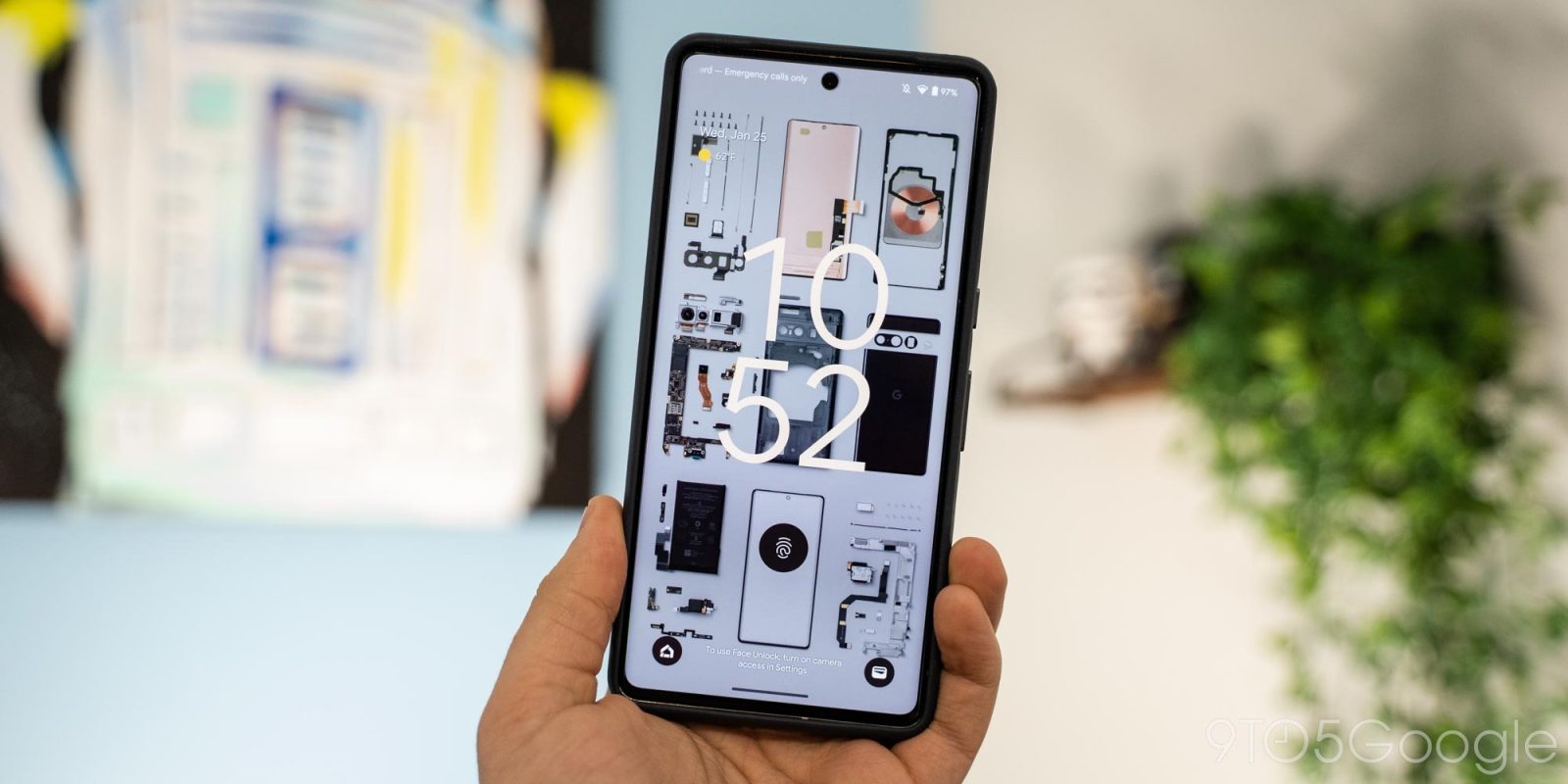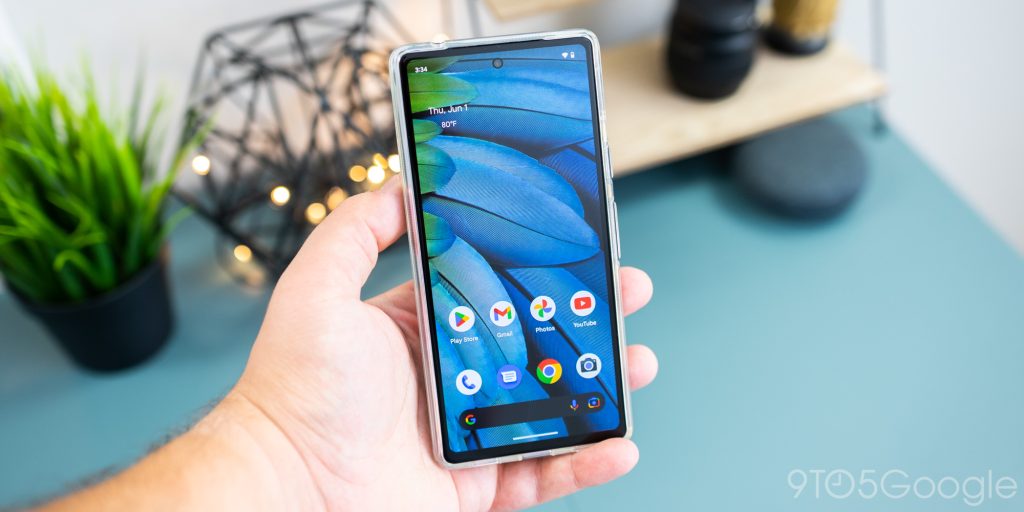
With each new phone that comes out, a resolution designation accompanies it, ranging anywhere between HD, FHD, UHD, or even QHD. Sometimes they even throw a “+” in there. So what do those specifiers mean? This quick and easy guide will take you through it.
At its core, a display – whether smartphone, tablet, or computer monitor – is made up of pixels. Those small lights flash individual colors that when shown with hundreds of other pixels, make up a larger picture. Now, how that picture looks depends on how many pixels there are and what they’re capable of.
The resolution is represented by the number of pixels in two directions. For instance, a 1920 x 1080 display has 1,920 pixels spanning the longest side and 1,080 pixels lining the perpendicular direction. That example resolution is considered high-definition, but the smartphone market consists of many more variations.
What does HD, FHD, and WQHD mean?
“High definition” is one of the most familiar display descriptors across the globe. More recently, we’ve seen displays improve dramatically, which means we need more acronyms. With that, we have HD, FHD, QHD, and even UHD phones – all of which refer to a specific set of resolutions. They have names, too.
Here’s a simple breakdown of what each quality term equates to in basic resolution.
| Acronym | Quality | Resolution |
|---|---|---|
| HD | High definition | 720p |
| FHD | Full HD | 1080p |
| QHD | Quad HD | 1440p |
| UHD | Ultra HD (4K) | 2160p |
You’ll notice each term above is accompanied by one resolution. Generally speaking, that’s the main number that matters the most. In an FHD 16:9 aspect ratio – common to monitors – 1,080 pixels will always be accompanied by 1,920.
In essence, that means that an FHD display with a ratio of 20:9 will have a resolution of 2400 x 1080, which is exactly what the Pixel 7 packs under glass. The numbers listed in the table above are what really matter because each aspect ratio is going to differ, even between smartphones.

The rules bend a little bit when it comes to foldables. One example is the Galaxy Z Fold 5, which has an inner screen resolution of 1812 x 2176, which Samsung refers to as QXGA+. Of course, those devices are outliers and “special” in their own right, which can make things complicated.
What about the ‘+’?
You’ll often see a phone’s screen quality designation – HD, FHD, UHD, etc. – with a “+” at the end, which can be a little confusing. The “+” does not change the number that the designation is associated which. Rather, it simply signifies added pixels in the other direction.
For instance, an FHD+ display on a phone might come in at 2220 x 1080, though it’s still a 1080p device. The added resolution in one direction adds quality benefits and can offer a better picture without a complete overhaul of the panel. Opting to slightly increase resolution and pixel density also saves battery life, since a jump from FHD+ to QHD is still a large one.
It’s much more common to see the “+” in phone resolutions because of the size constraint and odd aspect ratio. In reality, a phone’s dimensions are long and thin, which means that adding more pixels up and down does a lot to add clarity to a panel’s picture.
Should you always go for the best resolution?
It’s tempting to see QHD or UHD and immediately get hooked on the idea of picture quality. While that makes sense, a lot of manufacturers opt for FHD+ and QHD+ for a reason. First, it saves battery life. Packing 4K in a phone with 5,000mAh would kill it pretty fast, while a QHD+ device would likely be able to last the full day or somewhat close.

The Samsung Galaxy S23 Ultra packs a QHD+ display at 3088 x 1440, yet the phone’s picture isn’t so groundbreakingly different in comparison to the Pixel 7 or S23+, which come in at FHD+ with a base resolution of 1080p. The added detail is nice for some things like watching movies and viewing high-quality photos, but it generally won’t make a large difference in day-to-day use.
Overall, the span of different phone resolutions out there can be a little confusing, but the basics are simple. As long as you remember each term’s basic resolution, you can easily figure out the specifics.
FTC: We use income earning auto affiliate links. More.


Comments